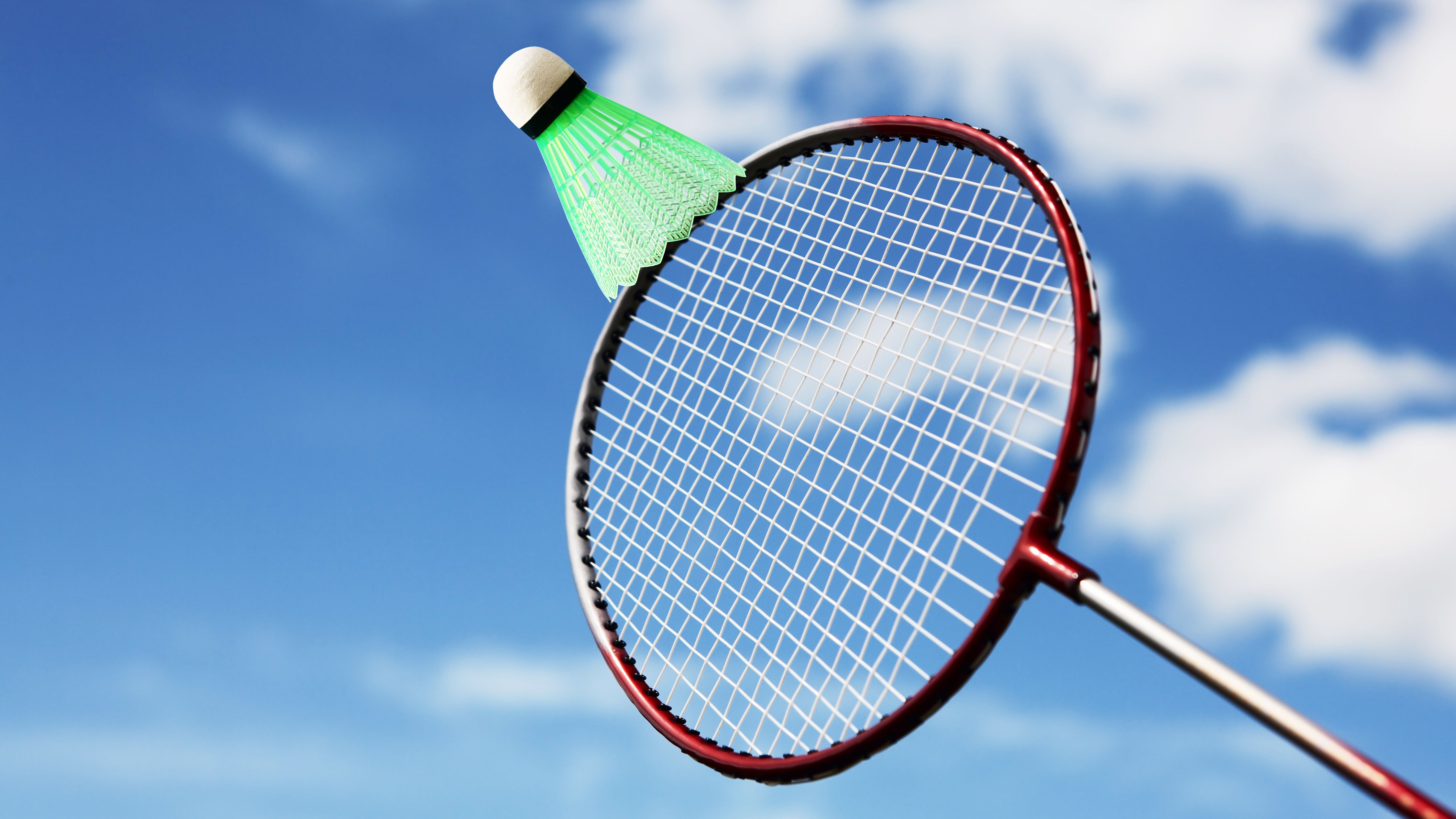Index Surge: Amplifying Your Insights
Stay updated with the latest trends and news across various industries.
Badminton: Where Grace Meets Agility and Shuttlecocks Soar
Discover the thrilling world of badminton, where elegance and speed collide. Join us as we explore tips, tricks, and soaring shuttlecock action!
The History and Evolution of Badminton: From Lawn Game to Olympic Sport
The history of badminton can be traced back to ancient civilizations, where similar racket sports were played with feathers and rackets. The modern game, however, began in the mid-19th century in England, evolving from a game called 'Poona' that British army officers encountered in India. The first rules were established in 1873, and the sport gained popularity among the Victorian elite, leading to its naming after Badminton House in Gloucestershire, the Duke of Beaufort's residence. As it moved from a casual lawn game to a competitive sport, badminton began to incorporate standardized regulations, eventually culminating in the formation of the Badminton Association of England in 1893.
As badminton grew internationally, it became a cornerstone of both amateur and professional sports. By the early 20th century, competitions were held worldwide, including the inaugural All England Open Badminton Championships in 1899. The sport's global appeal led to its inclusion in the Summer Olympics in 1992, marking a significant milestone in its evolution. Today, badminton is governed by the Badminton World Federation, with millions playing across continents and professional tournaments held regularly, showcasing the incredible skill and athleticism that exemplify this dynamic sport.

Mastering Footwork: Essential Agility Drills for Badminton Players
Mastering footwork is crucial for badminton players looking to enhance their agility on the court. Agility drills play a vital role in improving movement efficiency and reaction times. Incorporating exercises such as the ladder drill, cone drills, and side shuffles will significantly boost your footwork skills. For instance, the ladder drill helps improve your quickness and coordination, allowing you to move swiftly across the court. Similarly, cone drills can enhance your ability to change direction rapidly, which is essential in responding to your opponent's shots.
Moreover, it is essential to regularly incorporate these agility drills into your training routine. Start with a simple routine that focuses on speed and precision. Consider setting up an agility course that incorporates a combination of these drills, and aim for quick foot movement while maintaining balance. Remember to track your progress and adjust the difficulty as you improve; for example, increase the distance between cones or add more elements to your drill. With consistent practice, mastering footwork will not only enhance your performance but also increase your confidence during matches.
What Equipment Do You Need to Start Playing Badminton?
To start playing badminton, the first essential piece of equipment you'll need is a good quality badminton racket. When selecting a racket, consider factors such as weight, grip size, and balance, as these will affect your gameplay. It's also important to invest in a few badminton shuttlecocks since they are crucial for practicing and playing matches. You can choose between feather and synthetic shuttlecocks, with feather shuttlecocks offering better flight stability, while synthetic options are more durable and economical for beginners.
In addition to the racket and shuttlecocks, proper footwear is vital for playing badminton. Look for shoes specifically designed for indoor court sports, as they provide the necessary support and traction for quick movements. Additionally, wearing comfortable and breathable sportswear can enhance your performance on the court. Lastly, consider having basic accessories such as a water bottle to stay hydrated and a towel to wipe away sweat during intense games.